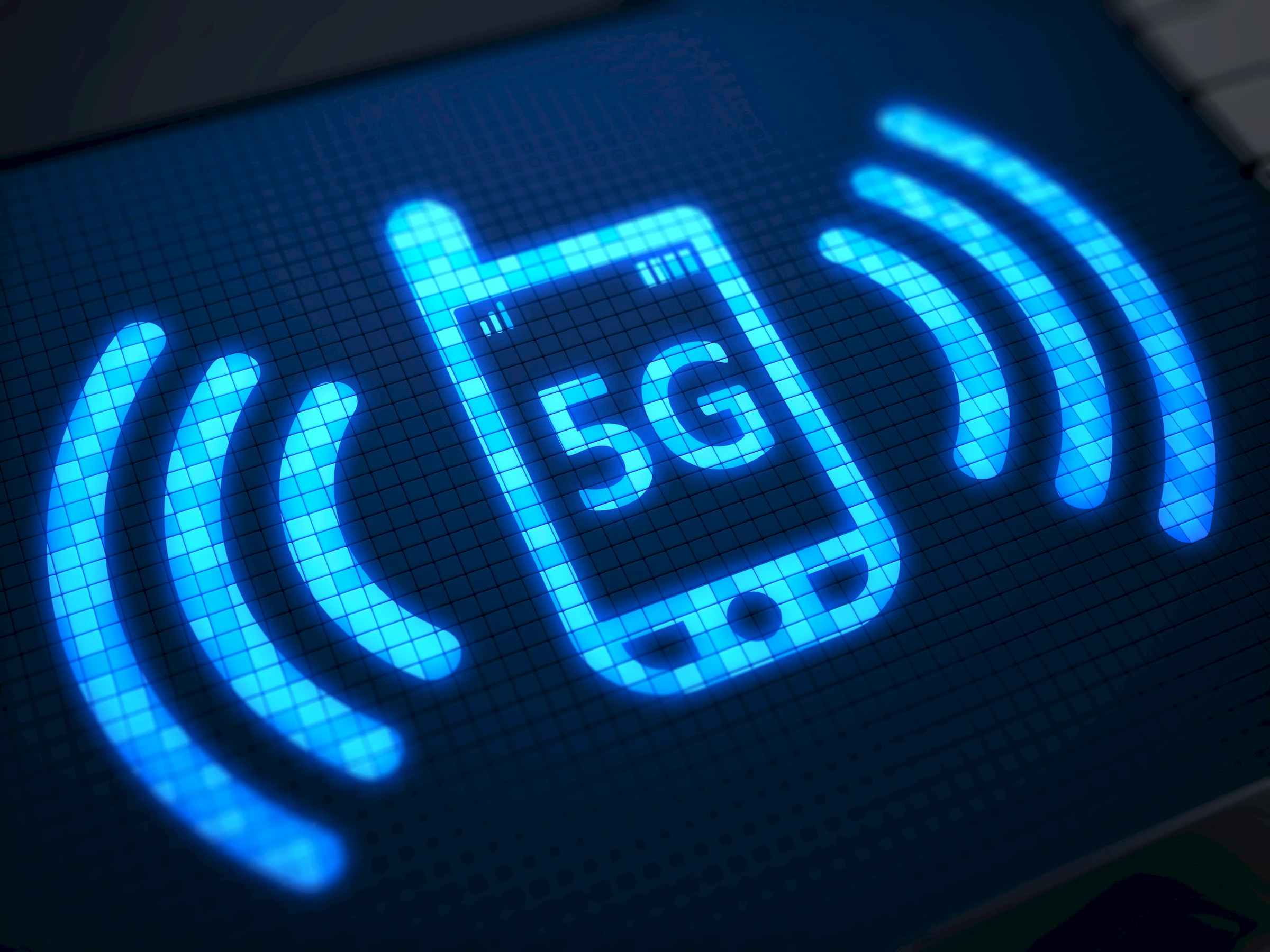The era of 5G is nigh

As the era of 4G, or LTE, is hitting its zenith, large telecommunications companies and infrastructure vendors are already gearing up for the next standard. The growth of mobile telephony remains strong worldwide, and Cisco predicts that by 2021, 5.5 billion people will be using mobile phones, i.e. 8 out of every 10 people on the planet! Cisco also predicts that for the same period, mobile data traffic will increase seven-fold worldwide and by a factor of five in Canada, for an annual growth rate of 36%.
And that means it’s upon us
The growth of data consumption is also a result of the proliferation of connected devices, in other words the Internet of Things. Just think of self-driving cars, which run on data and will need streams of it to make on-the-spot decisions.
In 2016, large telcos tested 5G networks in Canada and abroad, and some, like AT&T and Verizon, plan on deploying them in key markets this year. By simultaneously using bands of different frequencies, data rates can be magnified; for example, Bell and Telus tests in Canada showed 5G rates 6 times higher than 4G.
5G NR
Qualcomm, who, along with Intel, is the largest supplier of modems for mobile devices, recently announced what will be the keystone of the 5G network: 5G NR (“New Radio”). NR is capable of adapting to a wide range of frequencies, while dramatically lowering latency, or connection time. This technology offers several advantages, most notably the ability to re-use existing cell towers by combining frequencies, allowing operators to deploy their new 5G networks that much faster – and at a lower cost.
Qualcomm’s new technology already enables higher speeds on existing LTE networks, which, at 1.2 Gbit/s, is much higher than anything currently available to households. And when the 5G network is deployed, rates could reach a quasi-mythical 45 Gbit/s.
Capacity vs. speed
For the time being, capacity, rather than speed, is at the heart of development efforts. Qualcomm’s Chief Technology Officer, Matt Grob, is currently testing scenarios where over 100,000 devices are simultaneously connected in a single city block. "We want to yield hundreds of megabits in an application even when a system has multiple users ... and also support very dense use cases”, he said.
Just think of all the thermostats, light bulbs, city infrastructures and sensors that could soon be connected… you get the picture. Hence the need to plan infrastructure capacity today to meet the data demand of tomorrow, which is bound to grow exponentially – even if human-based demand stands still. Not for nothing did Aicha Evans, Corporate Vice-President and General Manager for Intel’s Communication and Devices Group, talk about the era of 5G in prophetic terms: “The machines are coming”.
The technology isn’t quite cast in stone yet for very large-scale deployment; in fact, the final specifications for 5G (Release 15) won’t be released until September 2018, according to 3GPP, a standards-setting body. But 5G should be widely available by 2020, with Ovum analysts predicting 24 million 5G subscribers by the end of 2021.
